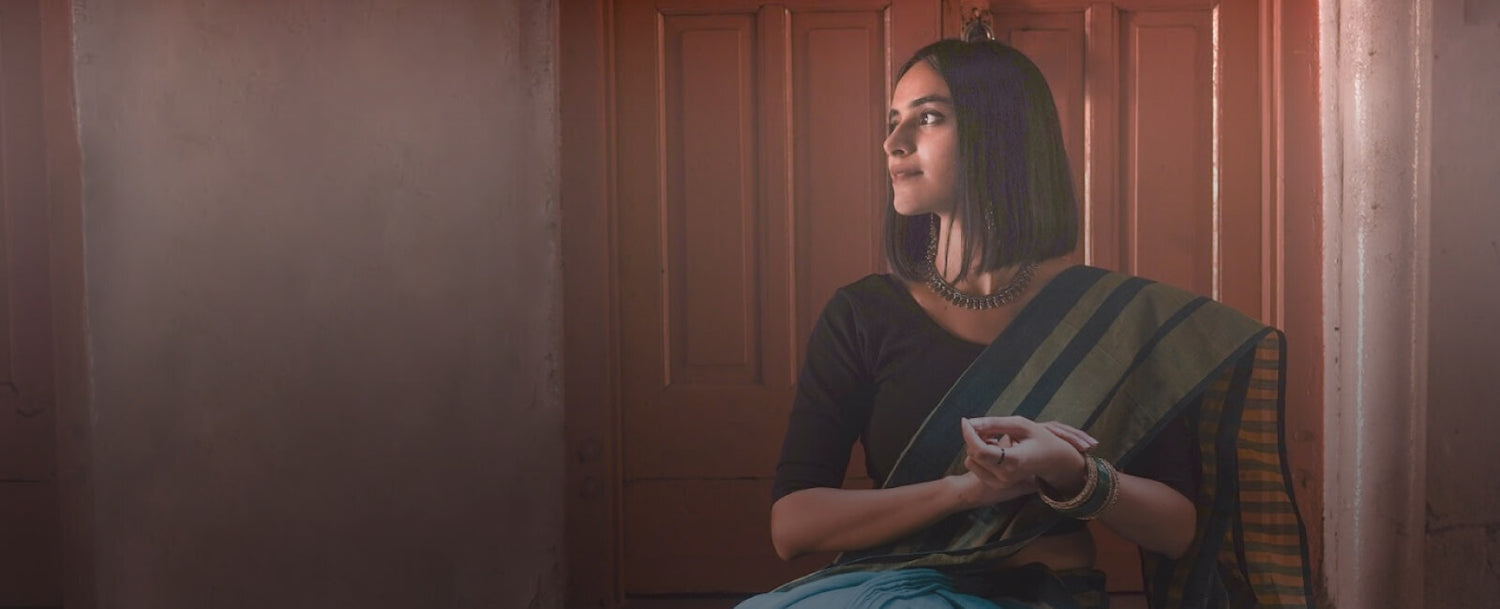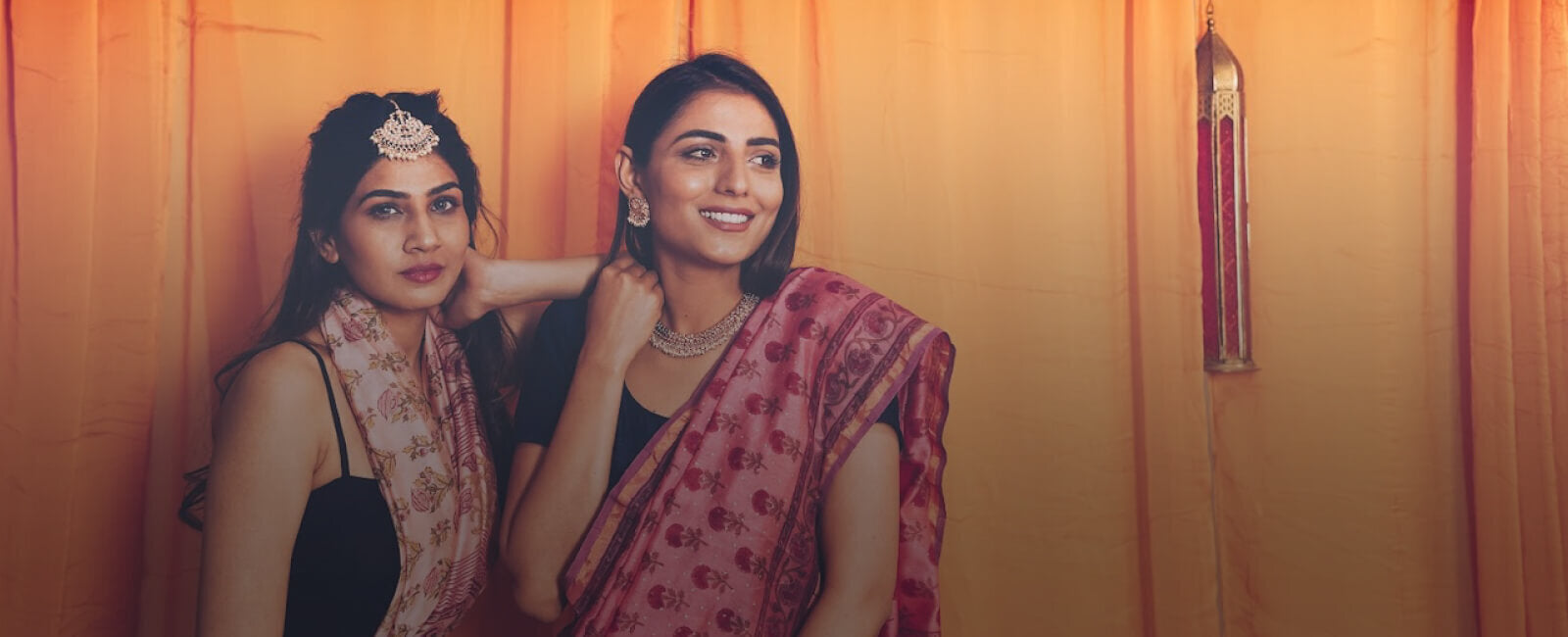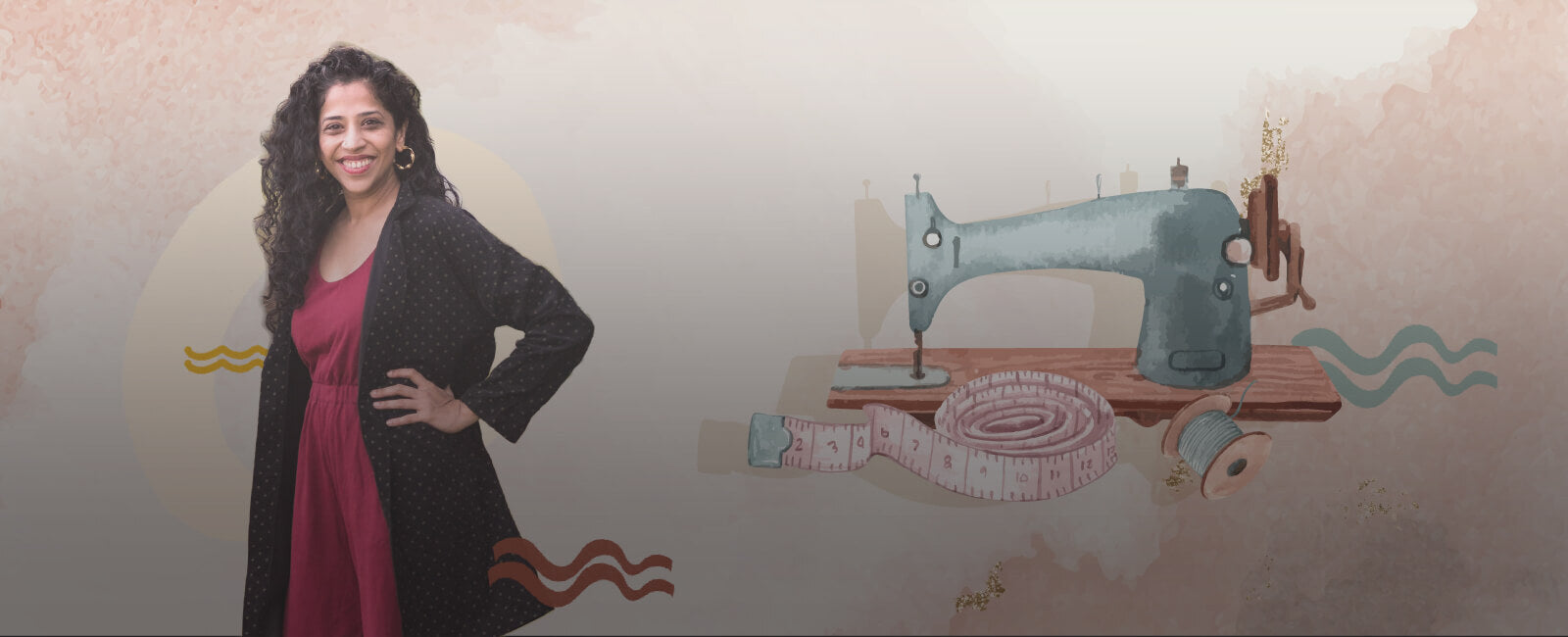Craftsmanship is all about inspiration. Different kinds of art take inspiration either from each other or from the world. They inspire new creations and combine them at one point.
It is well said, “Unleashing the creativity is a source of sheer joy”.
Temples, music, and architecture are an integral part of Indian culture and so does silk. They are often studied in isolation, rarely observed; they are also interconnected through various tales and the people who patronize them.
Silk plays a significant role in several religious ceremonies and important occasions. It is considered the queen of textiles and is held as royal fabric. So, does the Maheswari silk, which is a pure silk fabric.
Come on, let's dive into knowing more about Maheswari Silk.
Stories Behind Maheswari Silk
For several years, weaving has been a form of living for the people in Madhya Pradesh. It achieved its prominence under the reign of Maratha Holkar, wherein it got a great amount of royal patronage and support.
But, it was when the Maharani Ahilyabai conquered the throne during the 18th Century that they got popular.
Deemed to be the golden age, the Maharani invited several skilled weavers from various places to share their wisdom with the artisans in her land.
Legends say that it was during that time that she wanted to give a special gift to her guests and relatives. She instructed the artisans to weave a special saree of 9 yards which she herself designed.
Such attires woven with pure silk became popular and a favorite among royal peoples. What made them distinct was that they had pallus on each side which let people drape on the reverse side as well.
Over a course of time, the fabric became famous as Maheswari silk fabric around the country and world.

Process
- The process starts by cleaning and washing the yarns to remove impurities.
- Then a dye solution is prepared of the desired color. It is mixed in huge utensils to dip the yarn properly.
- The yarns are left in dye depending on the color fasting required on the fabric .
- Yarn hanks are rotated on a certain time frame to give a spotless dyeing effect.
- Once dyed, the yarns are kept under sunlight to dry on bamboo poles.
- The dyed hanks are then untangled by hand and attached to the charkha.
- The next step is to wind the yarn around the bobbin.
- Further, yarns are warped around a cylindrical frame rotating on its axis in a criss-cross manner.
- The process of hand-weaving begins from here and includes the interlacing of warp and weft threads. This process is also known as “Tana-bana weaving”.
- Extra yarns are manually weaved creating a decorative pattern on the material. And yeah! That is how the process of making Maheshwari silk is done.

Style Diaries
Krishna Mehta
The ace designer Krishna Mehta showcased unconventional silhouettes made from Maheshwari silk fabric at AIFW 2017.
The theme of his collection was “Curious Alice”. Models wore colorful trousers, asymmetric jackets, sarees with peplum blouses, and narrow skirts.
The outfits were so colorful and eye-catching. The kooky styling, printed patterns, and sequence added oodles to the show and ruled the ramp.
His collection boasted a vibrant color palette of beige, lavender, and fuchsia with floral motifs having traditional Indian draping with a little bit of contemporary touch.

Pratima Pandey
Maheshwari silk has a very encapsulating look, with a light yet the rich effect which Pratima has conquered.
Her collection was inspired by the Dadaist movement which models wore looking nothing less than an art.





